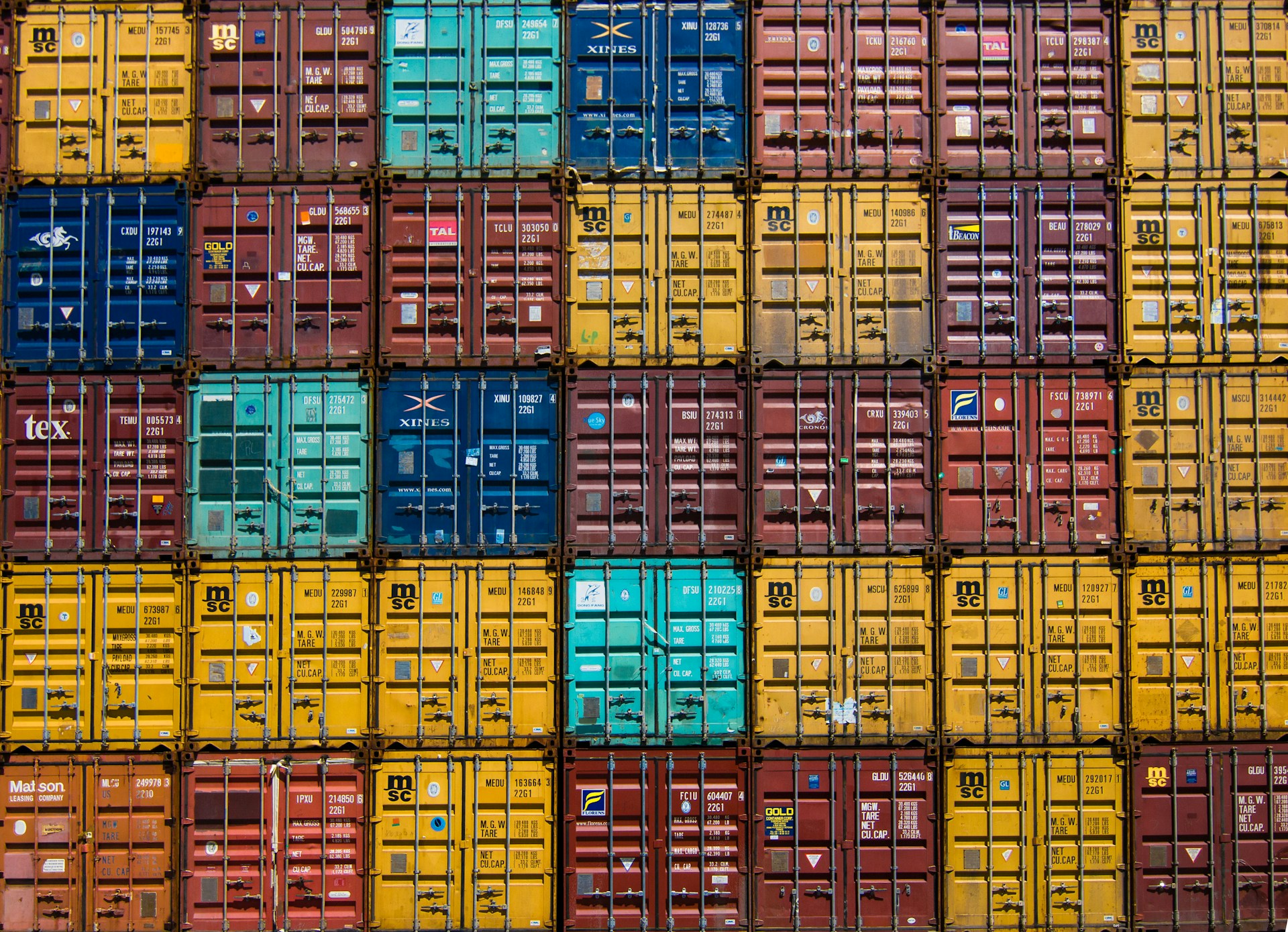In today’s fast-paced world, the efficiency of logistics operations is crucial for businesses to stay competitive. With the advent of cutting-edge technologies, logistics automation has emerged as a game-changer, revolutionizing the way goods are transported, stored, and delivered. In this article, we’ll delve into the latest innovations in logistics automation and explore how they’re reshaping the industry landscape.
The Evolution of Logistics Automation
The journey of logistics automation dates back to the Industrial Revolution when steam-powered machinery transformed manufacturing processes. Over the years, advancements such as conveyor belts, forklifts, and barcode scanners have paved the way for more sophisticated automation solutions.
Early Automation Technologies
Early automation technologies focused on mechanizing repetitive tasks, reducing manual labor, and improving efficiency. The introduction of computer systems in the mid-20th century further streamlined processes, laying the groundwork for modern logistics automation.
Current Challenges in Logistics
Despite technological advancements, the logistics industry still grapples with various challenges. Issues such as inventory management, last-mile delivery, and supply chain disruptions continue to pose significant hurdles for businesses worldwide.
Complexity of Supply Chains
The increasing complexity of global supply chains poses a challenge for logistics companies, making it harder to track and manage inventory across multiple locations and suppliers.
Emerging Trends in Logistics Automation
In recent years, several emerging trends have been driving innovation in the logistics sector, promising to address longstanding challenges and unlock new opportunities for growth.
Integration of Robotics
One of the most prominent trends in logistics automation is the integration of robotics into warehouse operations. Robots equipped with advanced sensors and machine learning algorithms can efficiently pick, pack, and palletize goods, reducing labor costs and improving accuracy.
Robotic Process Automation (RPA) in Logistics
Robotic Process Automation (RPA) involves automating repetitive tasks using software robots, freeing up human resources to focus on more value-added activities.
Streamlining Administrative Tasks
In logistics, RPA can streamline administrative tasks such as invoice processing, order management, and shipment tracking, improving operational efficiency and reducing errors.
Artificial Intelligence (AI) in Supply Chain Management
Artificial Intelligence (AI) is revolutionizing supply chain management by enabling predictive analytics, demand forecasting, and real-time decision-making.
Predictive Maintenance
AI-powered predictive maintenance algorithms can anticipate equipment failures before they occur, minimizing downtime and reducing maintenance costs in logistics facilities.
Internet of Things (IoT) in Logistics
The Internet of Things (IoT) has enabled the interconnectivity of physical devices, allowing logistics companies to track assets, monitor environmental conditions, and optimize route planning in real-time.
Fleet Management
IoT sensors installed in vehicles and containers provide real-time data on location, temperature, and humidity, enabling more efficient fleet management and improved customer service.
Blockchain Technology in Transportation
Blockchain technology offers secure, transparent, and tamper-proof transactions, making it ideal for enhancing trust and accountability in logistics processes.
Supply Chain Transparency
Blockchain-based supply chain platforms enable end-to-end visibility, allowing stakeholders to trace the journey of products from manufacturer to consumer, reducing the risk of counterfeit goods and unauthorized tampering.
Autonomous Vehicles and Drones
Autonomous vehicles and drones are revolutionizing last-mile delivery and transportation, offering faster, more cost-effective alternatives to traditional methods.
Delivery Drones
Delivery drones equipped with GPS navigation systems and obstacle avoidance technology can deliver small packages to remote locations with speed and precision, reducing delivery times and carbon emissions.
Warehouse Automation
Warehouse automation technologies such as automated guided vehicles (AGVs), robotic arms, and automated storage and retrieval systems (AS/RS) are transforming warehouse operations.
Goods-to-Person Systems
Goods-to-person systems use robotic shuttles to retrieve items from storage bins and deliver them to human operators, reducing picking times and increasing order fulfillment rates.
Predictive Analytics in Logistics
Predictive analytics leverages historical data and statistical algorithms to forecast future trends, enabling logistics companies to optimize inventory levels, transportation routes, and resource allocation.
Demand Forecasting
By analyzing historical sales data and market trends, predictive analytics algorithms can accurately forecast demand for products, helping companies minimize stockouts and overstock situations.
Sustainability in Automated Logistics
Sustainability has become a key focus area for logistics companies seeking to reduce their environmental footprint and comply with regulations.
